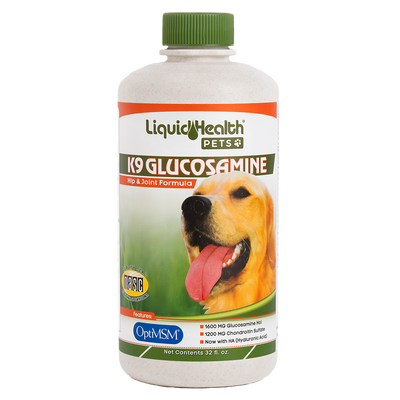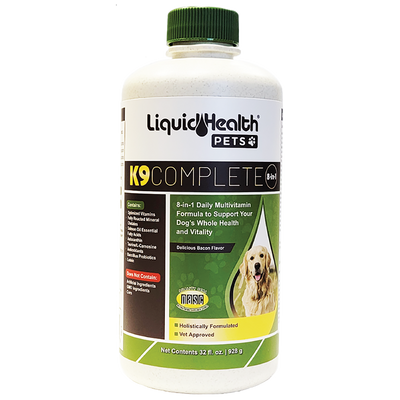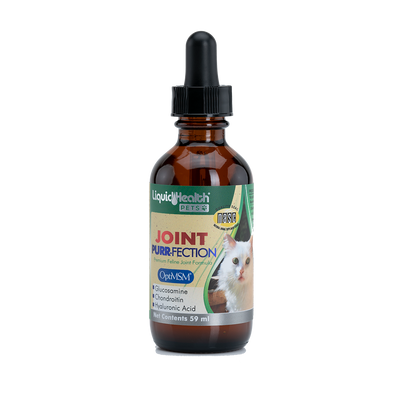Is your dog itching or constantly licking or scratching? To an owner, this can be both irritating and pitiful. However, you can’t blame it on your pet for such bad habits, as itching is mostly caused by a skin condition. Common causes range from parasites to other an underlying illness. Below are causes of dog itching and why an owner might have an itchy dog, which can result to a dog rash.
Why Is My Dog Itching And Scratching?
Allergic Dermatitis
Some dogs experience to foods, grooming products, and environmental irritants, such as insect bites and pollen. This may cause your dog to scratch relentlessly, causing an ugly dog rash.
Yeast Infection
If your lovely pet can’t seem to stop licking or scratching it’s ear and chewing it’s toes, your itchy dog could be having a yeast infection. Common symptoms include itchy, discolored, or irritated skin, which often occurs on ears and paws, where yeast has a conducive environment to grow.
Folliculitis
Superficial bacterial folliculitis causes scabs, sores, and bumps on the skin. If your dog is short haired, you can easily see these skin abnormalities. In long haired dogs, this is normally difficult to realize, but the most obvious symptoms may include a shedding, and dull coat with scaly skin underneath.
Seborrhea
Seborrhea causes greasy skin in dogs, resulting in the development of scales. This can be a genetic problems that starts when the dog is young and may last a lifetime. Luckily, most dogs with this condition develop the irritating scaling as a result of a complication arising from another medical condition, including hormonal abnormalities.
Mange (Mites)
Tiny parasites known as mites often cause a skin disorder called Sarcoptic mange (canine scabies), which spread widely among dogs and can be transmitted to humans, where they don’t survive. They may cause sores, hair loss, sores, and intense dog itching. The commonly affected parts include the dog’s face, ears, and legs. Demodectic mange may cause bald spots, sores, and scabbing, but it does not transfer to humans from dogs.
Fleas
These are the bane of the typical pet owner. While the tiny insects themselves may be invisible, their eggs and droppings are often visible in the dog’s coat. The itchy dog may lick and scratch persistently. Severe flea infestations may cause anemia, even exposing the dog to other parasites like tapeworms.
Ticks
Like fleas, ticks are external parasites that prey on their host’s blood. Ticks on the dog can be seen with the naked eye. Tweezers can be used to remove ticks from the dog’s skin, but be gentle to avoid twisting or pulling too hard to the point that the head remains lodged in the dog’s skin, possibly causing infection. Placing the tick in a jar containing alcohol for a few days will kill it. You can then dispose of it after it is dead. Ticks not only cause blood loss and anemia, they also transmit other serious bacterial infections. Tick control methods and products can help you manage them before they cause dog itching and eventually dog rash.
Acral Lick Granuloma (Acral Lick Dermatitis)
Compulsive, relentless licking of a particular area – often the front leg – causes this frustrating skin condition. Since the area becomes unable to heal, the resulting dog itching and discomfort can cause your dog to continue licking that same spot. You can discourage your itchy dog from licking by using a bad-tasting topical solution.
Hot Spots
Also known as acute moist dermatitis, hot spots occur when small areas appear red, inflamed, and irritated. You will often find them on a dog’s head, chest, or hips, and will often feel hot to the dog or human touch. They can be caused by various conditions: infections, insect bites, excessive chewing, and licking. Cleansing the itchy dog’s hot spot and addressing her underlying condition can help relieve her of these issues.
How To Give A Dog Itch Relief
Some methods of a dog itch relief include the following:
Bathing – Bathe your dog regularly in a cool water- one of the best ways to ease your dog’s itch is by bathing him in cool water. Avoid hot or warm water as it will make itching worse. To increase the soothing effects, you can add baking soda, Epsom salts, or colloidal oatmeal after bathing him, pat him with towel; avoid rubbing him as it will increase itching.
Fatty acids – another way you can offer dog itch relief is by giving him supplements that are rich in fatty acids. Evening primrose and marine oil contain high amounts of essential fatty acids that can ease itching. Although it may not offer direct results towards your statement of my dog is itchy, it provides a long term solution to the problem. You can also try our hot spot colloidal silver spray
When Can You See the Vet?
While most skin conditions are not emergencies, you should ensure that your dog is healthy at all times. An accurate diagnosis can help treat the condition. If your dog is licking or scratching consistently, or if you notice some changes in her skin or coat, including discoloration, redness, bald patches, or scaling, notify your vet immediately. Most problems respond well to topical solutions before they become serious dog rash.






